Editors’ Picks





Found in Robotics News & Content, with a score of 50.66
…— presented a unique challenge for researchers at the Carnegie Mellon University Argo AI Center for Autonomous Vehicle Research. “It's the unwritten rules of the road, that's pretty much what we're dealing with here,” said Christoph Killing, a former visiting research scholar in the School of Computer Science's Robotics Institute and now part of the Autonomous Aerial Systems Lab at the Technical University of Munich. “It's a difficult bit. You have to learn to negotiate this scenario without knowing if the other vehicle is going to stop or go.” While at CMU, Killing teamed up with research scientist John Dolan…
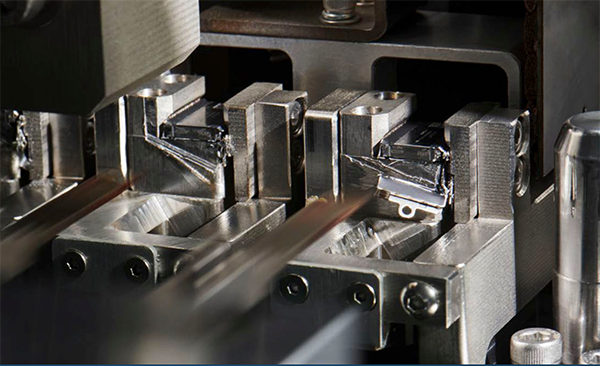
Found in Robotics News & Content, with a score of 61.08
Researchers at Carnegie Mellon University are working with Apple Inc. to develop new ways to disassemble old technology. Their latest partnership builds on Apple's existing innovations, including recycling robots Daisy and Dave. Apple sought to support research initiatives that reimagine the disassembly of electronic devices and the recovery of valuable or hazardous materials. The company chose to work with CMU's Biorobotics Lab, part of the Robotics Institute. CMU lab develops new disassembly methods Matt Travers and Howie Choset, co-directors of the lab at Carnegie Mellon, and their team are designing machine learning models that will enable robots to teach themselves…
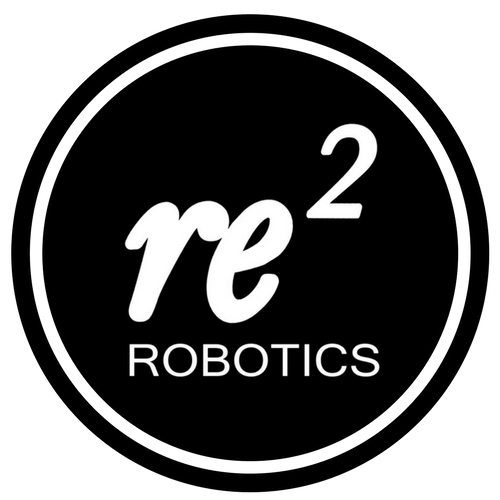
Found in Robotics Companies & Businesses, with a score of 76.56
Founded by Jorgen Pedersen, RE2 Robotics is a Carnegie Mellon University spinout that develops intelligent mobile manipulation systems. The company says it helps organizations across multiple markets improve worker safety, productivity, and efficiency through the use of robotics. RE2 Robotics added that it is committed to creating manipulator arms with human-like performance, intuitive robot interfaces, and advanced autonomy capabilities for use in any environment. Its RE2 Sapien robot arms are able to see, learn, and interact via the RE2 Detect and RE2 Intellect autonomy modules. With computer vision and machine learning, RE2's systems can operate with humans in the loop…
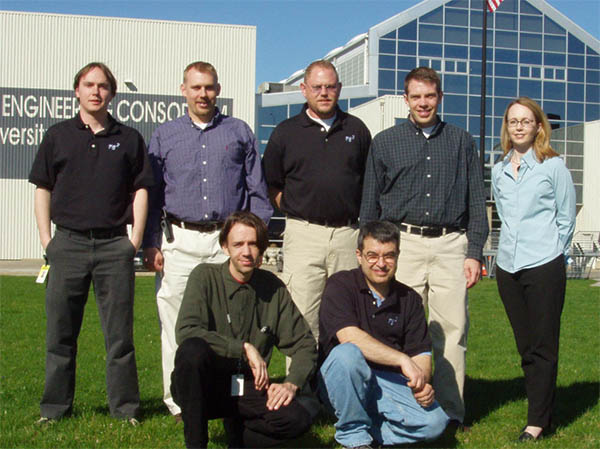
Found in Robotics News & Content, with a score of 24.43
…on July 20, 2001, as a defense subcontractor to Carnegie Mellon University by alumnus Jorgen Pedersen, the company incubated at the National Robotics Engineering Center (NREC) in Pittsburgh. Today, anchored in Pittsburgh’s Robotics Row, the RE2 campus encompasses two buildings on a city block in the Lawrenceville neighborhood and includes space for indoor, outdoor, and underwater testing of robots. Click here for larger version. Source: RE2 Robotics RE2 Sapien family grows RE2 Robotics said its RE2 Sapien family can operate in a variety of complex indoor and outdoor environments for use in the aviation, construction, defense, energy, and medical industries.…
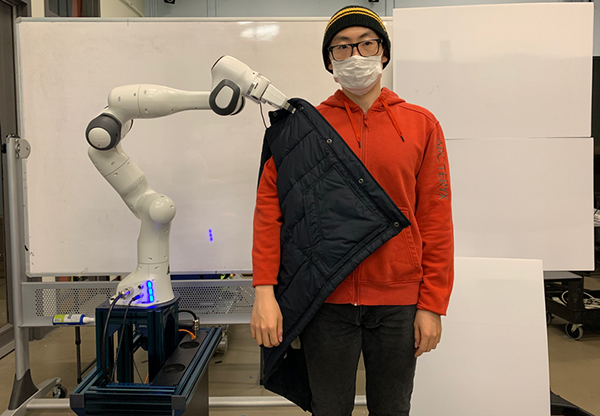
Found in Robotics News & Content, with a score of 22.07
…prediction, and feedback control for safe human-robot interaction,” said Zackory Erickson, an assistant professor in The Robotics Institute at Carnegie Mellon University. “This research could potentially be applied to a wide variety of assistive robotics scenarios, towards the ultimate goal of enabling robots to provide safer physical assistance to people with disabilities.” Li wrote the paper alongside CSAIL postdoctoral student Nadia Figueroa, MIT Ph.D. student Ankit Shah, and MIT Professor Julie A. Shah. They presented the paper virtually at the 2021 Robotics: Science and Systems conference. The work was supported by the Office of Naval Research.
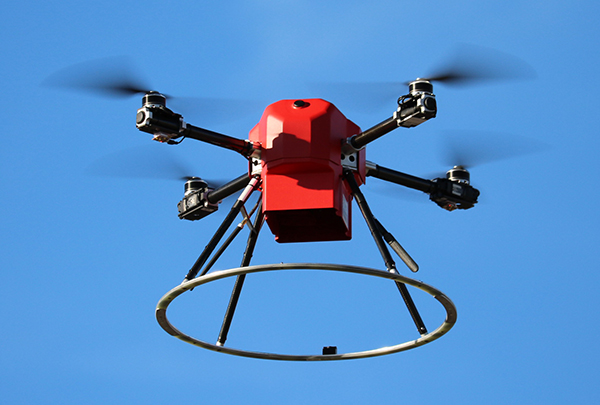
Found in Robotics News & Content, with a score of 27.75
…Robotics American Robotics was founded by leading roboticists from Carnegie Mellon University and Stanford University and focuses on designing, developing, and marketing drones for real-world environments. It offers Scout as a “drone-in-a-box” turnkey data service under a robotics-as-a-service (RaaS) business model. American Robotics noted that Scout is the first and only drone system approved by the U.S. Federal Aviation Administration (FAA) for automated beyond visual line-of-sight (BVLOS) operations with no humans on site. In the six months since it received FAA approval, the company has reported an 80% increase in business-development activity in key industrial sectors, including infrastructure. In addition,…
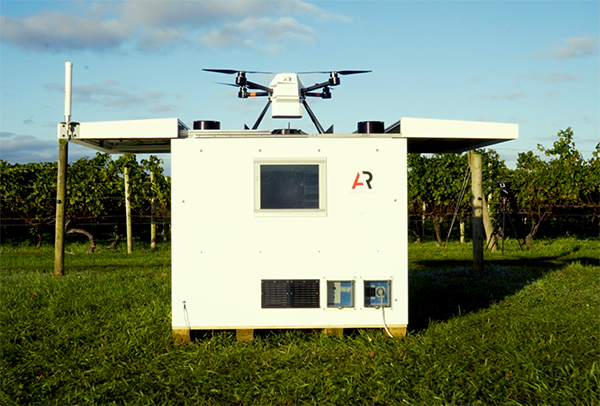
Found in Robotics News & Content, with a score of 35.19
…the commercial drone community as a whole.” Roboticists from Carnegie Mellon University and Stanford University founded American Robotics in 2016. The privately owned company said it focuses on designing, developing, and marketing industrial drones for rugged, real-world environments. In May, wireless broadband firm Ondas Holdings Inc. acquired the MassRobotics member, and they recently completed a $51.5 million equity raise that was heavily oversubscribed. Drones providers need FAA, industry acceptance The commercial drone industry is growing quickly and providing significant benefits to the U.S. public, but enabling expanded BVLOS operations is critical for the industry to truly take off, said American…
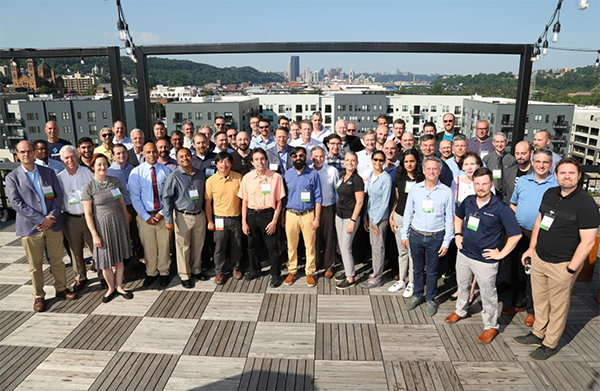
Found in Robotics News & Content, with a score of 45.05
…together leaders from top robotics companies, research institutions, and universities in region, including Carnegie Mellon University (CMU), RE2 Robotics, Neya Systems, Carnegie Robotics, HEBI Robotics, Near Earth Autonomy, BirdBrain Technologies, Omnicell, and Advanced Construction Robotics. Grant marks formal launch The Richard King Mellon Foundation celebrated PRN's membership milestone with a grant of $125,000 to support its continued growth. The grant is part of its newly launched “2021-2030 Strategic Plan,” which aims to foster business growth for a diverse pool of talent in specific industry clusters. “The Pittsburgh Robotics Network will help position Pittsburgh as a national and worldwide robotics center…
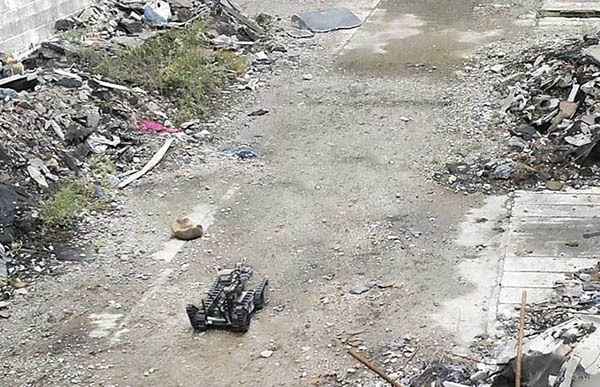
Found in Robotics News & Content, with a score of 19.04
…professor of computer science and engineering at Texas A&M University. “We need to get tools in the hands of the people who should be using them, in the first wave of emergency responders.” Murphy is an Institute of Electrical and Electronics Engineers (IEEE) and Association for Computing Machinery (ACM) fellow, and director of the Humanitarian Robotics and AI Laboratory. She has spoken about the role of robotics in responding to emergencies and infectious diseases, as well as the importance of human-machine interaction. Economic incentive needed for development “While many drones are being used by firefighters and law enforcement, there's not…
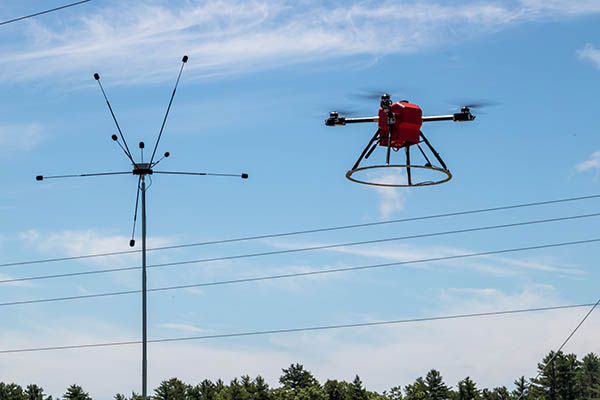
Found in Robotics News & Content, with a score of 23.97
…American Robotics was founded in 2016 by roboticists from Carnegie Mellon University and Stanford University. The Marlborough, Mass-based company claimed that it has developed the first fully automated drones to receive approval from the U.S. Federal Aviation Administration (FAA). American Robotics said platform uses innovations in robot autonomy, machine vision, edge computing, and artificial intelligence to enable enterprise customers to continuously monitor, digitize, and analyze their assets in real time. Last month, the MassRobotics member agreed to merge with Ondas Holdings Inc. Scout and TASA Cypress, Calif.-based SARA's Artificial Perception and Threat Awareness (APTA) Division develops sensing and collaboration systems…
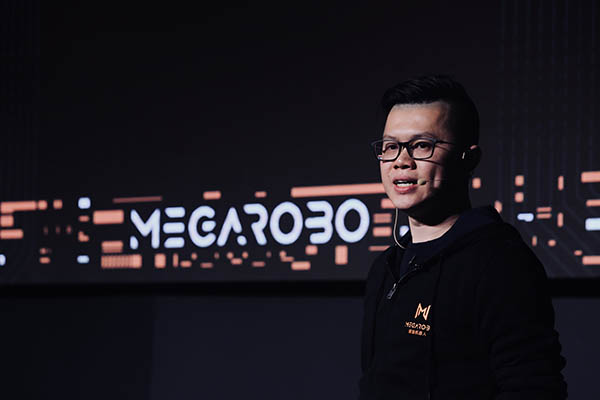
Found in Robotics News & Content, with a score of 28.99
…Ventures was founded in 2009 by Kai-Fu Lee, who developed a continuous speech-recognition system for his doctoral thesis at Carnegie Mellon University and who later led Microsoft Research Asia and Google China. “MegaRobo's technology increases efficiency in production automation,” stated Dr. Ingo Ramesohl, managing director at RBVC. “Already today, robots from MegaRobo are used for special applications in the end-of-line production of household appliances at Bosch. Beyond these applications, we see many other opportunities for cooperation between MegaRobo and Bosch.”
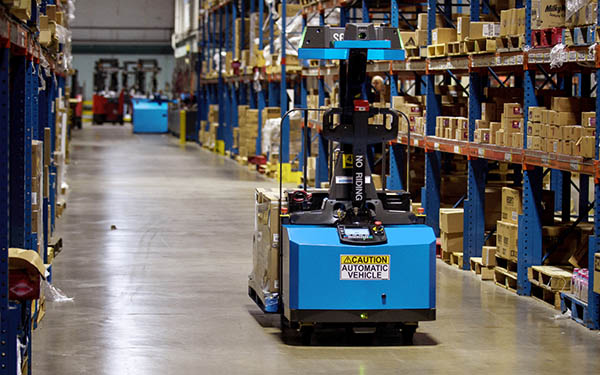
Found in Robotics News & Content, with a score of 15.44
…a BS in computer science and human-computer interaction from Carnegie Mellon University. Brennan continues to build the BlueLabs team, actively recruiting world-class experts. Our vision is well over 10% of our engineering capacity will be working on advanced research and development. Will you be working with outside academic researchers? Graves: Yes. Blue Labs will work with the world’s best technologists, inside and outside of Seegrid. The team has an entrepreneurial mindset: iterate quickly, explore aggressively, and work to rapidly adopt or discard new ideas and technologies. In order to maximize talent and gain a full understanding of the complex topics…



